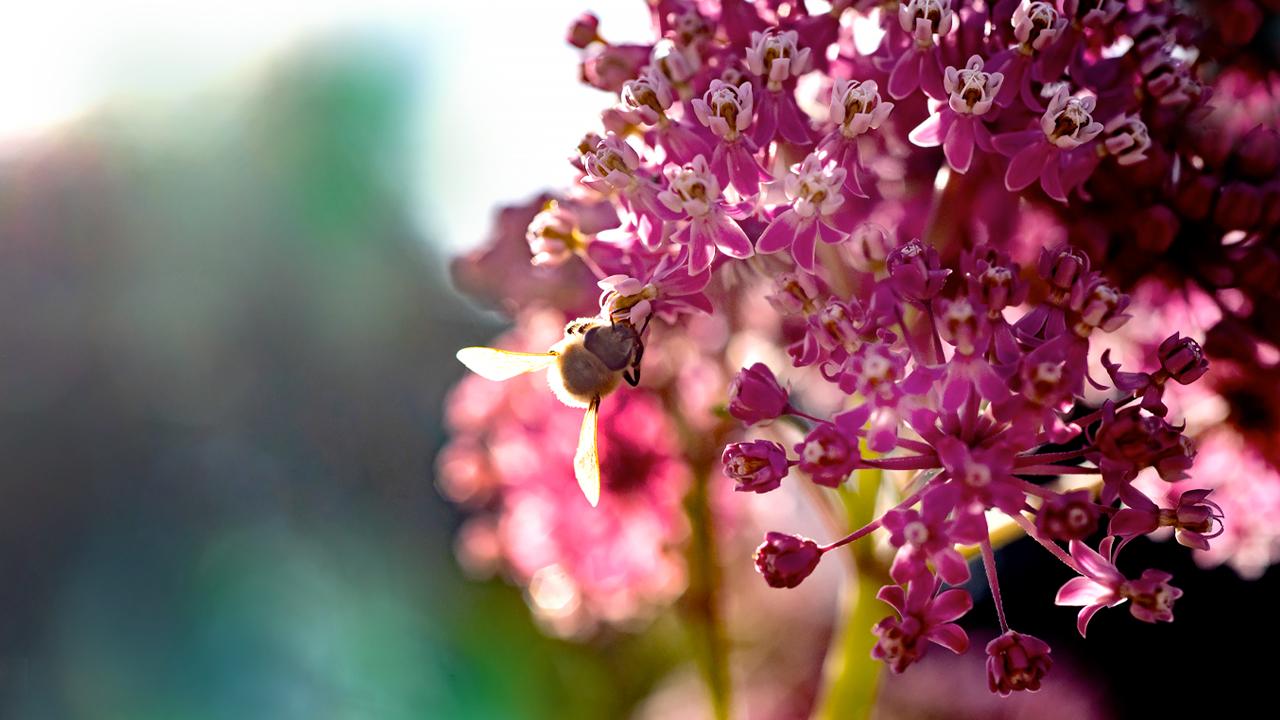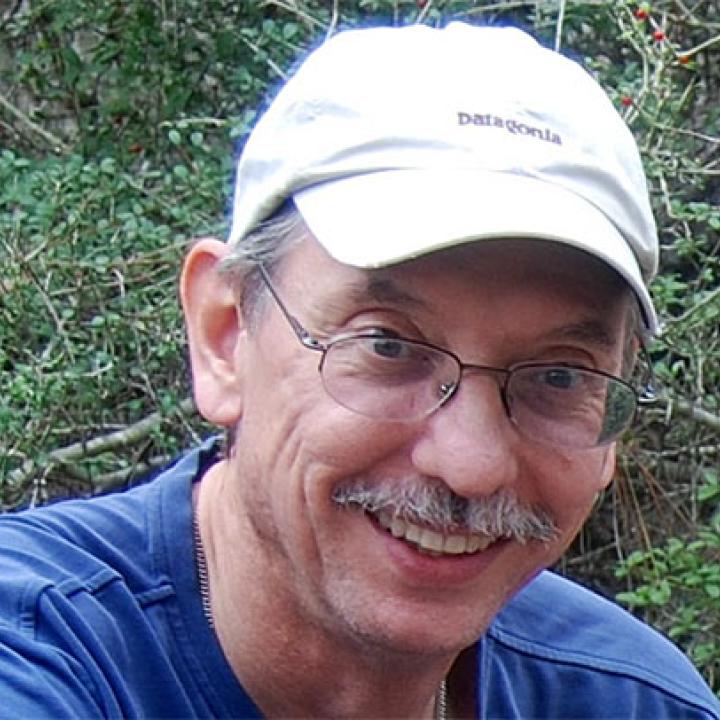
Gregory M. Mueller, Ph.D.

- Fulbright Senior Fellow, Fulbright Scholar Program, 2008
- Lecturer, Committee on Evolutionary Biology, University of Chicago
- Adjunct professor, Department of Biological Sciences, University of Illinois at Chicago
- Adjunct professor, Biological Sciences, Northwestern University
- Adjunct Professor, School of Biological Sciences, Southern Illinois University, Carbondale
- Research associate, Department of Botany, The Field Museum
- Member, Steering Committee, International Union for the Conservation of Nature Species Survival Commission
- Chair, “Mushrooms, Brackets, and Puffballs” Specialist Group, International Union for the Conservation of Nature Species Survival Commission
- Chair, Fungal Conservation Committee, International Union for the Conservation of Nature Species Survival Commission
-
Member, Science Advisory Council for the Illinois Chapter of the Nature Conservancy
- Member, Mayor’s (Chicago) Nature and Wildlife Committee
- Served as president of the Mycological Society of America and as international coordinator for fungal programs at the Costa Rican National Biodiversity Institute
- Systematics, diversity, biogeography, and ecology of mushrooms and other macrofungi
- Conservation of fungi
- Mycorrhizas
My research and training programs focus on the systematics, biogeography, ecology, and conservation of higher fungi, especially mushrooms and other macrofungi. My postdocs, graduate students, collaborators and I have been documenting the worldwide diversity and distribution of fungi and the factors influencing these patterns. Thus, in addition to spearheading survey and inventory projects in China and Latin America and undertaking monographic studies of Laccaria – Hydnangium clade and other model taxa, I have investigatied how fungi respond to anthropogenic stress and restoration efforts in the Chicago area, conservation practices in Costa Rica and China, and past geological events like the Great American Interchange.
Fungal conservation is currently a major focus of my efforts. This includes capacity building, raising awareness, creating tools, and leading efforts to assess the conservation status of fungi I co-created and direct the Global Fungal Red List Initiative and help lead IUCN fungal conservation efforts.
Selected Books:
Mueller, G. M. 1992. Systematics of Laccaria (Agaricales) in the Continental United States and Canada, with Discussions on Extralimital Taxa and Descriptions of Extant Types. Fieldiana: Botany, n.s., 30. Chicago: Field Museum of Natural History. 158 pp.
Mueller, G. M., G. F. Bills, and M. S. Foster, eds. 2004. Biodiversity of Fungi: Inventory and Monitoring Methods. Elsevier Academic Press, San Diego, CA. 777 pp.
Halling, R. E. and G. M. Mueller. 2005. Common Mushrooms of the Talamanca Mountains, Costa Rica. New York Botanical Garden Press, NY. 197 pp.
McFarland J. and G. M. Mueller. 2009. Edible Wild Mushrooms of Illinois and Surrounding States. University of Illinois Press, Champaign, IL. 232 pp.
Selected Recent Journal Publications:
Dahlberg, A. and G.M. Mueller. 2011. Applying IUCN Red Listing Criteria for assessing and reporting on the conservation status of fungal species. Fungal Ecology 4: 147-162.
Suz, L.M., N. Barsoum, C. Cheffings, F. Cox, L. Hackett, A. Jones, G.M. Mueller, D. Orme, W. Seidling, S. van der Linde, and M.I. Bidartondo. 2015. Monitoring forest mycorrhizas at large scales to inform science, management and conservation. Annals of Forest Science: DOI 10.1007/s13595-014-0447-4
Wilson, A.W. K. Hosaka, G.M. Mueller. 2016. Evolution of ectomycorrhizae as a driver of diversification and biogeographic patterns in the model mycorrhizal mushroom genus Laccaria. New Phytologist. DOI: 10.1111/nph.14270
Mueller, G.M. 2017. Progress in conserving fungi: engagement and red listing. BGJournal14: 30-33.
Tripp, E.A., N. Zhang, H. Schneider, Y. Huang, G.M. Mueller, Z. Hu, M. Haggblom, and D. Bhattacharya. 2017. Reshaping Darwin’s tree: Impact of the symbiome. TREE: DOI: http://dx.doi.org/10.1016/j.tree.2017.05.002
Wilson, A.W., T.W. May, G.M. Mueller. 2017. Biogeography of the ecotmycorrhizal mushroom genus Laccaria. pages 273-297 in L. Tedersoo (ed) Biogeography of Mycorrhizal Symbiosis, Ecological Studies 230, DOI 10.1007/978-3-319-56263-3_13
Dudley, N., S.A. Bhagwat, J. Harris, S. Maginnis, J.G. Moreno, G.M. Mueller, S. Oldfield, and G. Walters. 2018. Towards an applied framework for identifying abiotic and biotic indicators to measure success in forest landscape restoration. Restoration Ecology 26:5-12.
Ainsworth, A.M, C. Canteiro, A. Dahlberg, B. Douglas, G. Furci, D. Minter, G.M. Mueller, C. Scheidegger, B. Senn-Irlet, T. Wilkins, E. Williams. 2018. Conservation of fungi. In: K. J. Willis (ed.), State of the World’s Fungi. Report. Royal Botanic Gardens, Kew. pp. 70–77.
May, T.W., J.A. Cooper, A. Dahlberg, G. Furci, D.W. Minter, G.M. Mueller, A. Pouliot, Z. Yang. 2018. Recognition of the discipline of conservation mycology. Conservation Biology. https://doi.org/10.1111/cobi.13228.
Ning, C., G.M. Mueller, L.M. Egerton-Warburton, W. Xiang, and W. Yan. 2019. Host Phylogenetic Relatedness and Soil Nutrients Shape Ectomycorrhizal Community Composition in Native and Exotic Pine Plantations. Forests. doi:10.3390/f10030263.
Ning, C., L.M. Egerton-Warburton, G.M. Mueller, W. Xiang, W. Yan, S. Liu. 2021. Shifts in ectomycorrhizal fungal community composition during the early establishment of native and exotic pine seedlings. Applied Soil 157 https://doi.org/10.1016/j.apsoil.2020.103722
Andrew, C., G.M. Mueller, P.G. Avis. 2022. Do local-scale context dependencies shape how ectomycorrhizal fungal diversity structures with reduced or sustained experimental N addition? Pedobiologia - Journal of Soil Ecology 90. 150791
Mueller, G.M. et al. 2022. What Do the First 597 Global Fungal Red List Assessments Tell Us about the Threat Status of Fungi? Diversity 14(9): 736; https://doi.org/10.3390/d14090736
Zhang, R., X.-F. Shi, P.-G. Liu, A.W. Wilson, G.M. Mueller. 2022. Host Shift Speciation of the Ectomycorrhizal Genus Suillus (Suillineae, Boletales) and Biogeographic Comparison With Its Host Pinaceae Frontiers of Microbiology 2022 Mar 30;13:831450 doi: 10.3389/fmicb.2022.831450
Johnson, L.J.A.N, M.E. Kane, L.W. Zettler and G.M. Mueller. 2023. Diversity and specificity of orchid mycorrhizal fungi in a leafless epiphytic orchid, Dendrophylax lindenii and the potential role of fungi in shaping its fine-scale distribution. Front. Ecol. Evol. 11:1057940. doi: 10.3389/fevo.2023.1057940
Mueller, G.M. and J.L. Allen. 2023 An account of the diversity and conservation of fungi and their close relatives. Chapter 16 in The Living Planet: the present state of the world’s wildlife. N. Maclean ed.
Niskanen, T., . . . G.M. Mueller, . . . Pushing the frontiers of biodiversity research: Unveiling the Global Diversity, Distribution and Conservation of Fungi. Annual Review of Environment and Resources. In press.
Mushrooms of Illinois
My colleague Joe McFarland, a writer for the Illinois Department of Natural Resources, and I put this website together as a companion to our book Edible Wild Mushrooms of Illinois and Surrounding States. I have been studying the mushrooms of the area since graduate student days. While we know a lot about the birds, mammals, butterflies, plants, and snakes of Illinois and surrounding states, we are finding species of mushrooms unknown to science every year. The greater Chicago area is home to more than 1,000 species of mushrooms, bracket fungi, puffballs, etc.
Mushrooms of Costa Rica
Costa Rica is a fascinating place to study biodiversity and ecology because of the incredible biological richness and variety of habitats found within its small size. I have been working to document the diversity of Costa Rican fungi since 1986. My colleague Roy Halling of the New York Botanical Garden and I created a website to highlight the amazing fungi of the country and summarize our work. https://www.nybg.org/bsci/res/hall/
I was accompanied by a photographer/videographer during an expedition to Costa Rica in 2004 to show the research team in the field, create educational materials, and highlight some of our cool findings with stories, images, and ten video reports.
http://expeditions.fieldmuseum.org/tropical-mushrooms
Laccaria, a Model Genus for Studying Mushroom Ecology
In addition to studying “all” the mushrooms of selected countries, I research particular groups of mushrooms, such as Laccaria, that have exceptional value for addressing important biological questions. Such questions include how many species of fungi are there, do fungal species have distributions similar to plants and animals, and what degree of specificity occurs between plants and their symbiotic fungi.
NAMA Voucher Collection
The North American Mycological Association (NAMA) organizes an annual meeting/foray for amateur and professional mycologists. These forays are held at locations around the United States and Canada, and the specimens collected provide a unique snapshot of the fungal diversity of each site. Compiled, these data constitute the most comprehensive dataset on the fungi of North America. Images and information on the species found during these forays are housed at The Field Museum.
Global Fungal Red List Initatiive: http://iucn.ekoo.se/en/iucn/welcome
The aim of the global IUCN Red List of Threatened Species™ is to convey the urgency of conservation issues to the public and policy makers, as well as help the international community reduce species decline and extinction. The IUCN Red List is widely recognized as the most comprehensive, objective global approach for evaluating the conservation status of animal, fungal and plant species, and it has a large impact on the setting of priorities in nature conservation.

